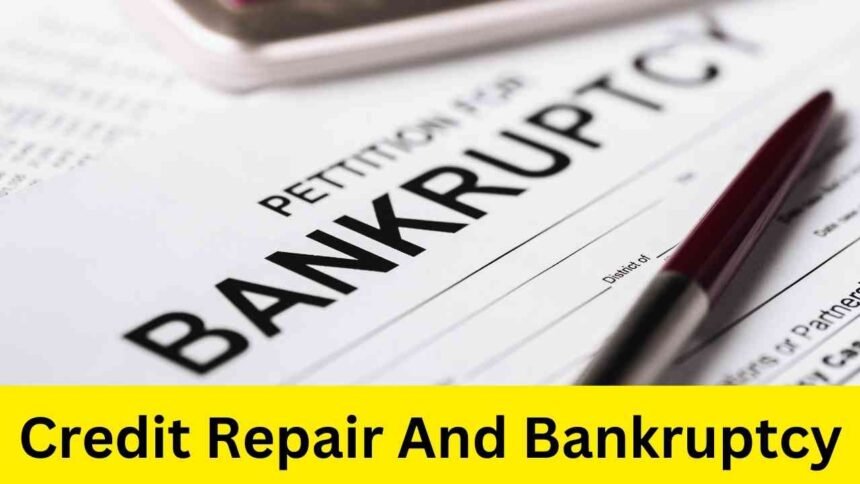In the vast landscape of personal finance, encountering bankruptcy can feel like stumbling into a canyon of consequences that stretch as far as the eye can see. It can be an overwhelming experience, compounded by legal complexities and long-lasting credit damage. However, it is not the end of the road. By understanding the legal consequences of bankruptcy and by committing to diligent credit repair, you can navigate your way out of the canyon and back onto solid financial ground.
Here are six key steps you can take to rebuild your credit following bankruptcy.
1. Seek The Assistance Of A Credit Repair Company
After a bankruptcy, your credit reports will likely bear the scars of your financial struggles. The first step to rebuilding is to consult a professional – credit repair companies will review your credit reports. These companies are well-versed in the intricacies of credit reporting laws and industry practices.
They will carefully scrutinize your credit reports for any errors, inaccurate information, or unverifiable debts, and then work to correct these issues. Not only will this lead to more accurate credit reporting, but it can also help increase your credit score.
2. Understand Your Bankruptcy Discharge
Bankruptcy isn’t just a declaration of your inability to pay your debts; it’s a legal proceeding. The goal of bankruptcy is to obtain a discharge of your debts. This discharge effectively wipes out your obligation to pay certain debts, allowing you a fresh financial start.
However, not all debts are dischargeable, including student loans, child support, and some tax debts. Understanding what has been discharged in your bankruptcy and what remains is a critical step in formulating your credit repair strategy.
3. Establish New Credit Responsibly
Following bankruptcy, it’s essential to re-establish credit to demonstrate that you can handle it responsibly.
However, given your credit history, this could be challenging. One way to start is with a secured credit card or loan, where the credit limit is backed by a deposit you make with the lender. These are typically easier to obtain and can help you start building a positive credit history, as long as you make all payments on time. Utilizing a tool like Disputifier can be a smart move. Disputifier helps streamline the dispute resolution process, ensuring that any inaccuracies on your credit report are addressed promptly and efficiently.
4. Create And Stick To A Budget
One of the most important steps in rebuilding credit is to create a budget and stick to it religiously.
A well-planned budget can help ensure you live within your means, keep your spending in check, and avoid falling into debt again. It will also help you start saving for emergencies, which can provide a financial buffer and further protect your credit.
5. Stay Patient And Persistent
Repairing credit after bankruptcy is a marathon, not a sprint. It requires consistent effort, careful planning, and a lot of patience. Over time, your diligent efforts will pay off as you see gradual improvements in your credit score. Remember, your past financial difficulties do not define your future. Keep working at it, stay focused on your financial goals, and you’ll gradually see the fruits of your labor.
6. Monitor Your Credit Reports Regularly
The final step in credit repair after bankruptcy is vigilant and consistent monitoring of your credit reports. As you progress in your financial recovery, you should regularly review your reports from all three major credit bureaus – Experian, Equifax, and TransUnion. This will help you track your progress and spot any inaccuracies promptly.
It’s worth noting that mistakes on credit reports are more common than one might expect. These could range from reporting errors to fraudulent activity. By keeping a close eye on your reports, you can quickly dispute any inaccuracies and protect your improving credit score.
Under U.S. law, you’re entitled to a free credit report from each of the three major credit bureaus once per year. Make it a habit to take advantage of this right and keep track of your credit health.
In Conclusion
Bankruptcy is undoubtedly a challenging life event, fraught with legal complications and credit damage. However, it’s crucial to remember that it is not a permanent state. With the right guidance, a thorough understanding of bankruptcy discharge, responsible credit practices, a sound budget, and a lot of patience, you can rebuild your credit and regain control of your financial future.





